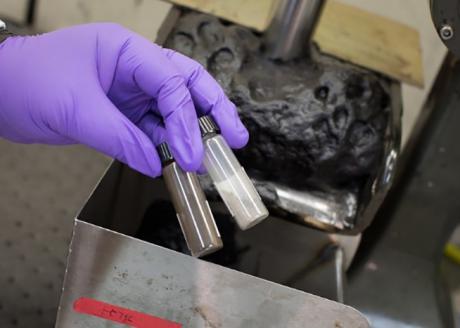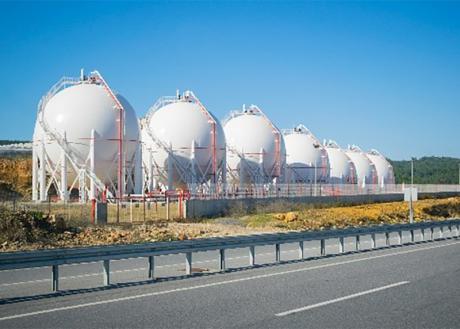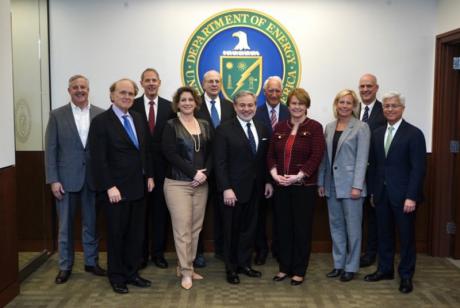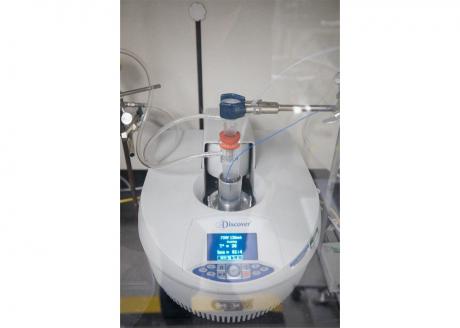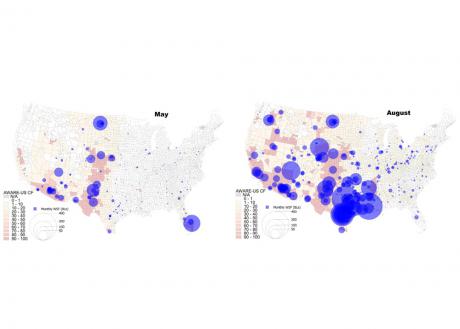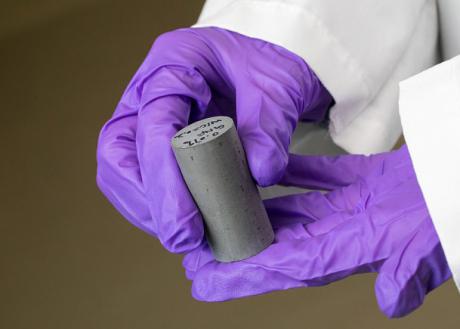Today, the U.S. Department of Energy (DOE) and NETL have selected two projects to receive approximately $2 million in federal funding for cost-shared research and development. The projects will improve coal combustion residuals management under the funding opportunity announcement (FOA) DE-FOA-0002190, Research for Innovative Emission Reduction Technologies Related to Coal Combustion Residuals.
With the completion of a recent field test at Pittsburgh Botanic Garden, NETL researchers demonstrated that the Lab’s basic immobilized amine sorbent (BIAS) process could successfully extract rare earth elements (REEs) from acid mine drainage, potentially providing a reliable domestic supply of critical materials needed to produce wind turbines, electric and hybrid electric vehicles, computer components, medical devices, smart phones and other valuable products.
The U.S. Department of Energy (DOE) is seeking input to develop a roadmap to meet the goals of its Energy Storage Grand Challenge (ESGC), a comprehensive program to accelerate the development, commercialization and utilization of next-generation energy storage technologies and sustain American global leadership in energy storage.
Photo Caption: Archived photo captured prior to March 2020
Representatives from across industry and government convened July 28 as NETL hosted a virtual meeting of the Secretary of Energy Advisory Board to discuss agency branding.
The meeting, which was the fifth meeting of existing and new members included remarks from Energy Secretary Dan Brouillette and NETL Director Brian Anderson, as well as briefings from the Department of Energy Under Secretaries.
NETL researchers envision a day when carbon dioxide (CO2) may transition from a waste gas that contributes to climate change to a high-value feedstock used in the production of fuels, pharmaceuticals, plastics, fertilizers and a range of consumer goods.
In a recent groundbreaking study, researchers reported making important strides in dry reforming, a process that reacts CO2, instead of steam or oxygen, with methane to yield the mixture of hydrogen and carbon monoxide known as synthesis gas or syngas, a chemical building block for many products.
Today, the U.S. Department of Energy’s (DOE) Office of Fossil Energy and NETL have announced a request for information (RFI) about hydrogen technology opportunities and research needs that could lead to advances in hydrogen technologies.
A new model developed by Argonne National Lab (ANL) and NETL, with support from DOE’s Office of Fossil Energy (FE), will help communities balance the often competing demands for water use among the power, agricultural, industrial, and residential sectors.
Most thermoelectric power plants in the U.S. rely on fresh water for cooling, resulting in significant water consumption, which can be a problem when local water supplies are scarce and those plants also draw on the same sources as nearby communities for use in daily life.
Today, the U.S. Department of Energy’s (DOE) Office of Fossil Energy (FE) and NETL have issued a request for information (RFI) to understand workforce development needs within the high-performance materials supply chain.
The advanced materials supply chain consists of four segments—alloy production, shaping, finishing, and component assembly. In the fossil energy industry, these segments create high-paying jobs and contribute to a secure energy supply in the United States. However, recent events and disruptions have shifted the focus of manufacturing needs.
Ongoing NETL research into advanced concrete additives could one day revolutionize the construction of bridges and other infrastructure, saving communities money and time while also spurring economic demand for one of the nation’s most abundant and historic resources: coal.
Due to its low cost, versatility, and malleability concrete remains the most popular construction material in the world. However, concrete, at least in its conventional cement paste composition, has several limitations.






